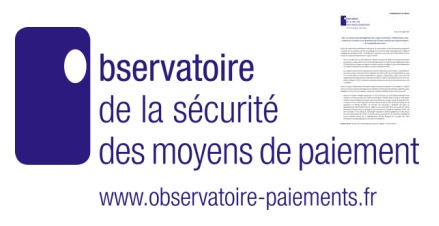The new face of payment fraud

Last week, the Payment Security Observatory published its report, which was relayed by the Banque de France. It shows a slight decline in payment fraud this year. But if the amounts are less important, the fact remains that fraudsters are becoming more and more imaginative and that new scams are emerging.
FACTS
-
The growth of digital uses is at the heart of the new OSMP report this year. For if the Observatory identifies a decrease in fraud on internet payments, it is accompanied by a change in practices.
-
The amount of fraud thus reached 1.24 billion euros in 2021 (for 7.5 million fraudulent transactions recorded), compared to 1.28 billion in 2020. This is despite the fact that the number of transactions continues to rise (28.4 billion recorded over the year, for a total amount of 42,204 billion euros) in a context of economic recovery.
-
While the card is still at the heart of the vast majority of fraud, its share will fall to 92% in 2021, compared with 97% in 2020. It remains responsible for 33.9% of the total amount of fraud. Cheques are in second place among the means of payment linked to fraud but stand out by accounting for 37% of the total amount of fraud (a record). This is followed by credit transfers, which account for 23.1% of the total amount of fraud.
-
SEPA payment instruments (credit transfers and direct debits) remain the least defrauded payment instruments, with a fraud rate of around 0.001%.
-
The Observatory also highlights a change in the very typology of fraud. Technological fraud is therefore decreasing in favour of more manipulations. Scams involving identity theft (of bank advisers, for example) are on the increase.
CHALLENGES
-
Welcoming strong authentication: The Payment Security Observatory underlines the interest and, above all, the effectiveness of the application of strong authentication solutions in France in the fight against fraud. The generalisation of this type of device is thus identified as the key to the decrease in fraud this year.
-
Analyse payment trends: In addition to the amounts and nature of fraud, the Observatory has observed a change in payment methods. The card has thus passed, in amount, before the cheque for the first time. It is now the third most common cashless payment instrument, in terms of amounts processed, after credit transfers and direct debits. Moreover, the card remains the most used payment instrument in terms of number of transactions (57%).
MARKET PERSPECTIVE
-
The evolution of fraud, and particularly identity theft campaigns, poses a fundamental problem in terms of consumer protection solutions. The UFC-Que Choisir recently estimated that banks were trying to escape their duty to reimburse in case of fraud.
-
The organisation has filed a complaint against 12 banks following reports of 4,300 unreimbursed frauds sent to the consumer association since 2019. The French Banking Federation (FBF) assures however that 85% of the requests addressed by the customers are the object of a refund.
-
One of the conditions for reimbursement is the absence of negligence on the part of consumers. However, with the increase in cases of identity theft, these cases of negligence could increase and reinforce the problem of customer refunds. This is an issue on which the Payment Security Observatory is actively working.
